This was published 5 years ago
Inside Tokyo's Olympic stadiums we may have to wait a while to see
By Phil Lutton
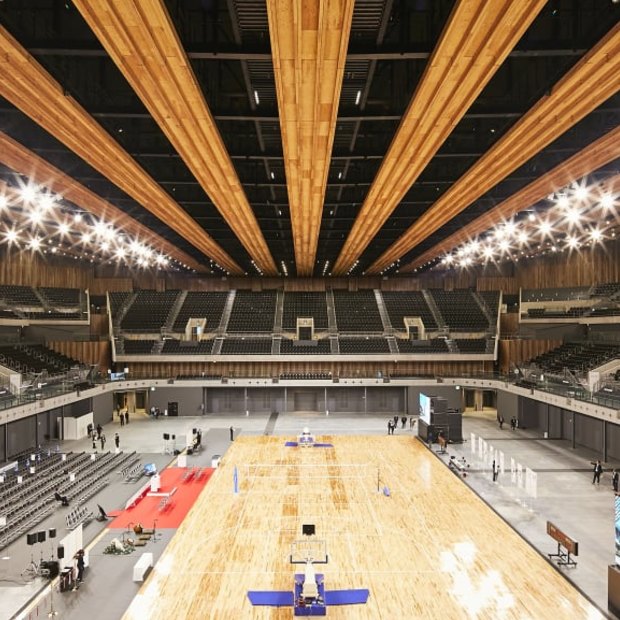
Ariake Arena.Credit: Tokyo 2020
T hey are the monuments to any Olympic Games. Stadiums and venues are the theatres of dreams for athletes as they prepare to make four years of work and toil count when it matters the most.
But with the Tokyo Olympic Games now in extreme danger of postponement as the coronavirus pandemic hits hard, its stadiums and arenas are in danger of being mothballed for the next 12 months or beyond.
In a regulation Olympic year, the spotlight would soon be on Tokyo, its preparations, what the city looks like, where what will be held and at what times. Instead, the city and Japan as a whole is staring down an economic disaster as it becomes increasingly clear that a postponement is the only option for the International Olympic Committee, which has given itself a four-week deadline to make a final call.
In the meantime, the venues will need to be kept in shape and, once COVID-19 becomes less of a threat, used for an Olympics that has seen unprecedented peacetime challenges.
Tokyo Olympic Stadium
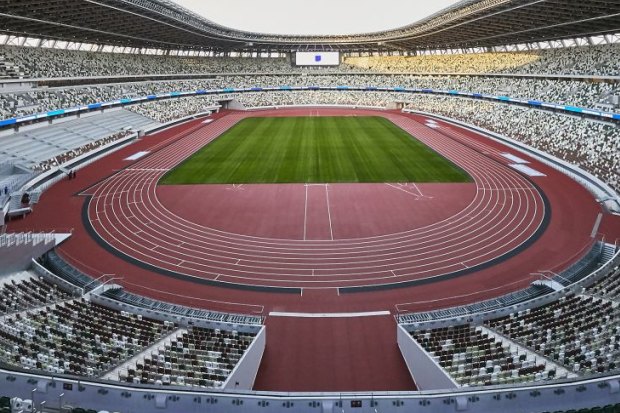
Tokyo Olympic Stadium.Credit: Tokyo 2020
The 68,000-seat main stadium was due to host the Opening and Closing Ceremonies, along with athletics and football matches. It replaced the old National Stadium on the same site and was unveiled in November last year.
Cost: $2.45b
Venue for: Football, track and field.
Oi Hockey Stadium
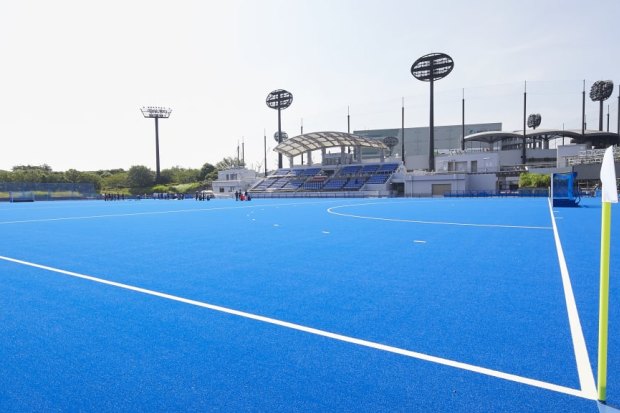
The new Oi Hockey Stadium.Credit: Tokyo 2020
Built in the Tokyo Bay precinct, the stadium seats 15,000 fans and is one of the new permanent venues built for the Olympics.
Venue for: Hockey, then to be used for hockey and a multi-purpose venue post-Games.
Tokyo Aquatics Centre
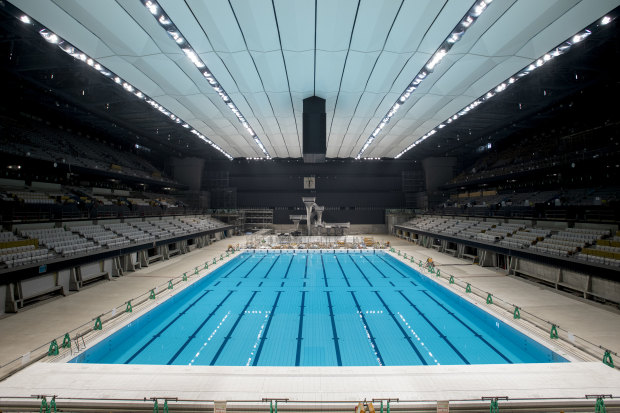
Tokyo Aquatics Centre.Credit: Getty Images
One of the more striking additions to the Tokyo Olympic landscape and walking distance from the old pool, this would play host to the best swimmers on the planet - many of them Australian - in July and August. It features a moveable wall and adjustable depth.
Cost: $900m.
Venue for: Swimming, diving, artistic swimming
Ariake Arena

Ariake Arena.Credit: Tokyo 2020
Another of the new venues, Ariake Arena is in the Tokyo Bay area and can seat around 15,000 fans. Construction began at the start of 2017 and was completed late last year.
Cost: $580m
Venue for: Volleyball, wheelchair basketball.
Kasai Canoe Slalom Centre
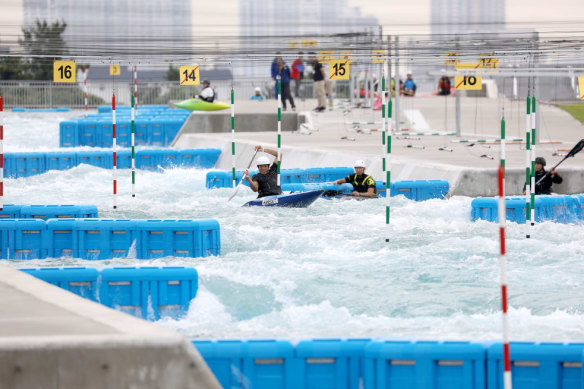
Kasai Canoe Slalom Centre.Credit: Tokyo 2020
Set on the outskirts of Tokyo, this was the first course of its type to be built in Japan and has already been tested by Australian ace Jess Fox. The temporary stands can seat 7500 spectators. Post-Games, it is intended to be used as a watersport activity centre.
Cost: $111m
Venue for: Canoe slalom
Musashino Forest Sport Plaza
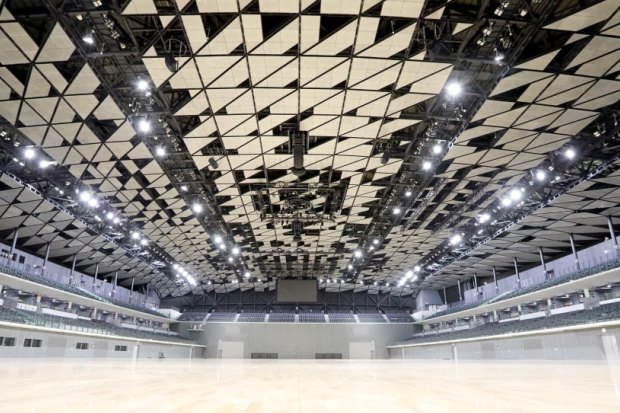
Musashino Forest Sports Plaza.Credit: Tokyo 2020
The Plaza is a multi-purpose and multi-sport venue that can seat more than 7000 spectators, although the main arena has been configured in the past for 10,000 fans when it hosted a tennis event in late 2018.
Cost: $520m
Venue for: Badminton, fencing
Ariake Urban Sports Park
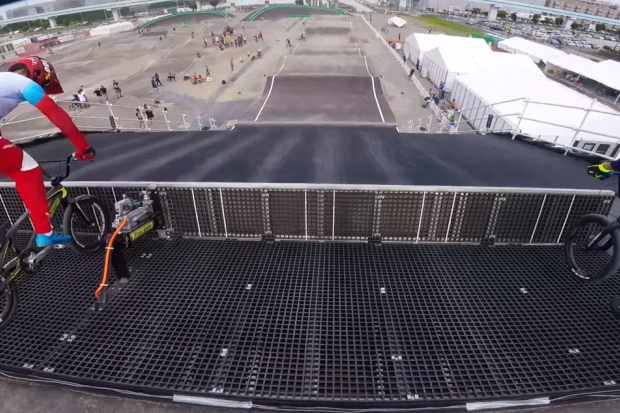
Ariake Urban Sports Park.Credit: Niek Kimmann/YouTube
Another of the Tokyo Bay venues and close to the Athletes Village, the park will play host to some of the extreme sports in the Olympics once they begin.
Venue for: BMX racing and freestyle, skateboarding.
Sea Forest Waterway
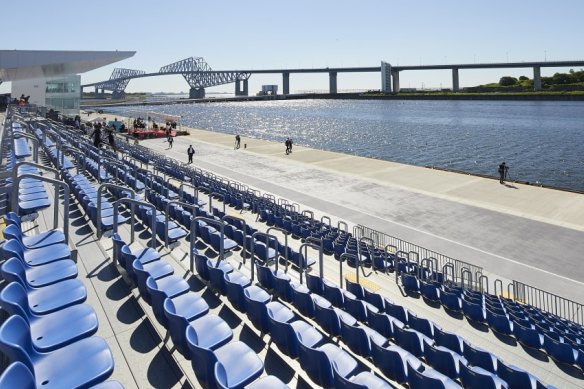
Sea Forest Waterway.Credit: Tokyo 2020
The rowing and canoeing course in Tokyo has 2000 permanent seats but will expand to around 14,000 once the Olympic regatta begins.
Venue for: Rowing, canoeing.
Yumenoshima Park Archery Field
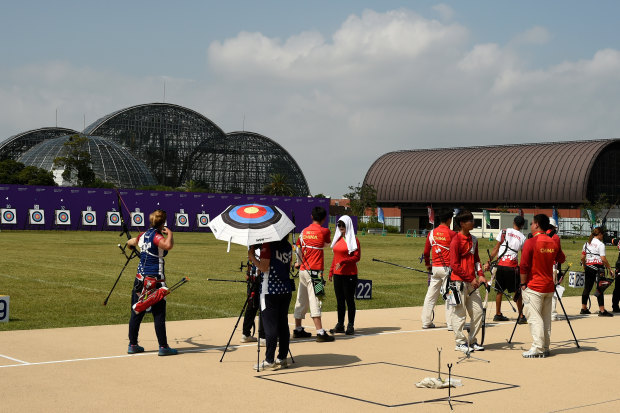
Yumenoshima Park Archery Field.Credit: Getty Images
Built on existing parkland in the Koto Ward of Tokyo, it was the second Olympic venue to be completed and tested. It will have seating for 5600 spectators.
Venue for: Archery
Athletes Village
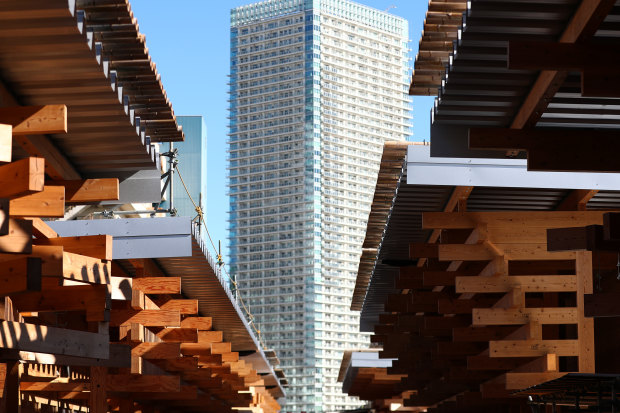
The Athletes' Village Plaza in Tokyo, Japan. Credit: Getty Images
The Village consists of five wood-framed complexes, a nod to the traditional Japanese building technique, and will house the 11,000 competitors that arrive for the Games. It will be sold as apartments to Tokyo residents once the Olympics are over.